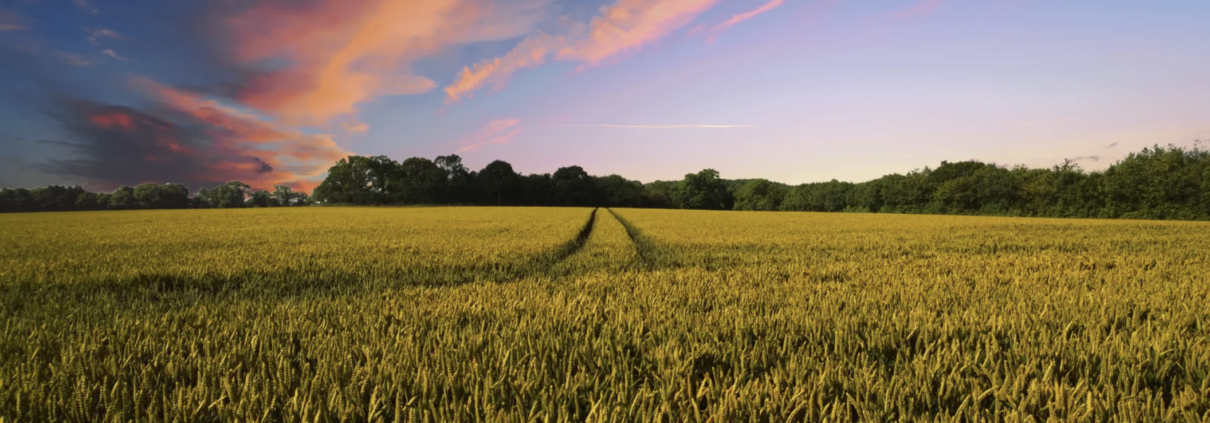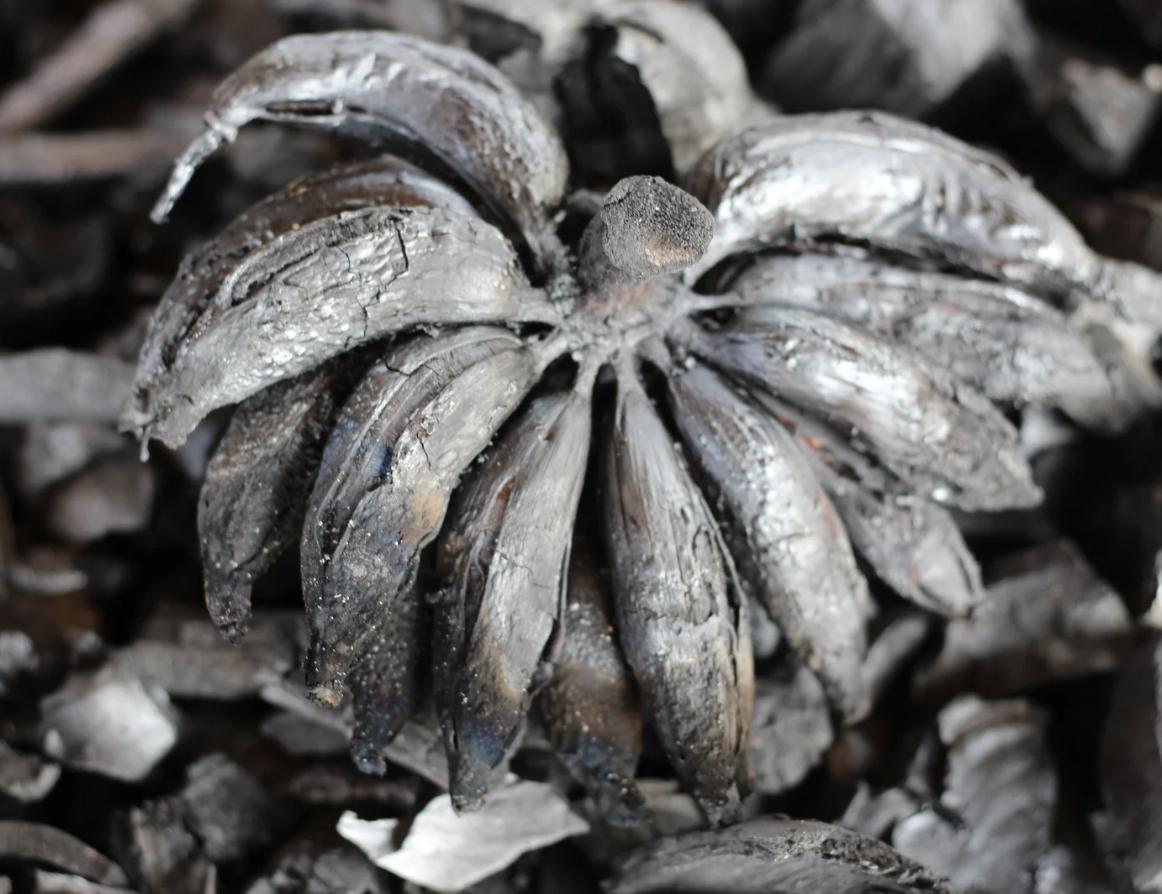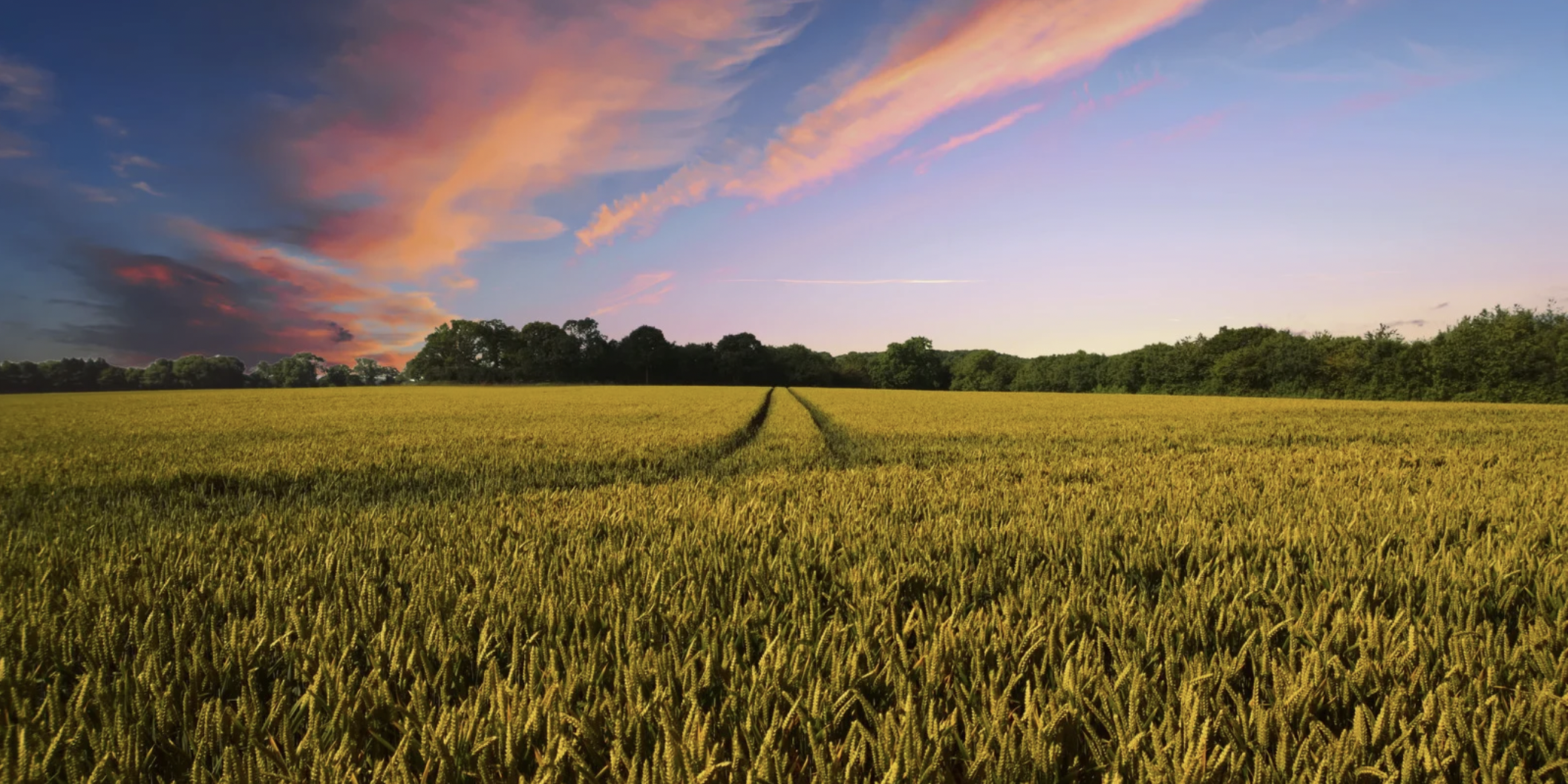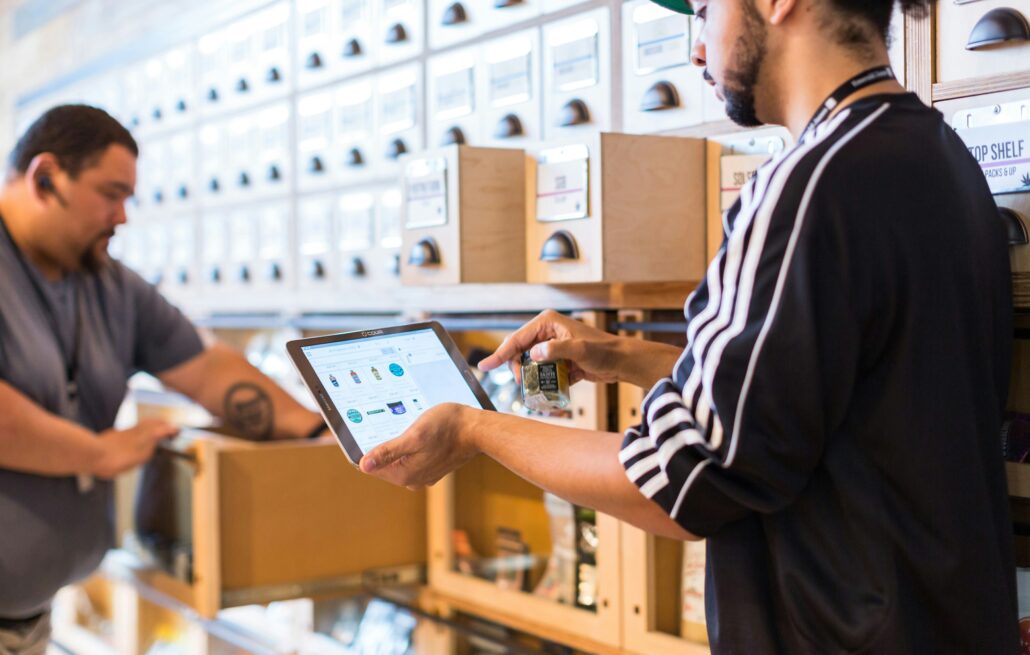
Reduce food waste and optimize resources
Faced with the environmental and food challenges of the 21st century, agriculture is at a turning point. The conventional agricultural model, based on a linear logic of intensive production, is showing its limits in terms of ecological impact and waste of resources. Against this backdrop, the circular economy applied to agriculture is emerging as a promising solution for reconciling food production, environmental preservation and resource optimization.
Circular economy principles applied to agriculture
The circular economy aims to decouple economic growth from the depletion of natural resources. Applied to agriculture, it is based on several key principles:
– Closing the nutrient and organic matter cycles
– Adding value to agricultural by-products and waste
– Optimize use of resources (water, energy, inputs)
– Favoring short circuits and local roots
– Promoting biodiversity and ecosystem services
In practical terms, this means implementing innovative farming practices to reduce waste and optimize resource use throughout the food value chain.
Agroecology, a pillar of circular agriculture
Agroecology is one of the pillars of this circular agriculture. Inspired by the functioning of natural ecosystems, it aims to design more autonomous, resource-efficient agricultural production systems.
Agro-ecological practices that promote circularity include :
– Long, diversified crop rotations, which reduce the need for chemical inputs and improve soil fertility.
– Agroforestry, which combines trees and crops on the same plot of land, optimizing the use of space and resources.
– Combined crops and plant cover, which maximize biomass production and protect the soil.
– The integration of agriculture and livestock, which favors the closing of nutrient cycles at farm level.
Adding value to agricultural by-products and waste
In addition to cultivation practices, the circular economy in agriculture also requires better valorization of co-products and waste from agricultural production.
Methanization of livestock effluent and crop residues produces biogas and digestate that can be used as fertilizer. A solution that reduces greenhouse gas emissions while closing the nutrient cycle.
Recycling green waste and crop residues into compost or mulch is another promising avenue. It reduces waste volumes while improving soil fertility and water retention capacity.
Some companies are going even further by developing new value chains for agricultural by-products. One example is Carbios, which has developed a process for enzymatically recycling PET from agricultural waste. Or Ÿnsect, which breeds insects for animal feed using cereal by-products.


Optimizing the use of resources
Circular agriculture also means optimizing the use of resources, whether water, energy or inputs.
Precision irrigation, coupled with decision-support tools, can significantly reduce water consumption. Companies such as Telaqua and Weenat offer connected solutions for fine-tuning irrigation according to actual crop needs.
On the energy front, the installation of photovoltaic panels on farm buildings and the development of agrivoltaics are enabling farms to move towards energy self-sufficiency.
Finally, precision farming and decision-support tools help optimize the use of inputs (fertilizers, crop protection products) by applying them in the right place at the right time. Startups such as Airinov and Farmleap offer solutions for intra-parcel modulation of inputs, reducing doses while optimizing yields.
Favoring short circuits and local roots
The circular economy in agriculture also means strengthening local roots and developing short distribution channels. The aim is to reduce transport distances, optimize logistics and create local synergies between players.
AMAPs (Associations pour le Maintien d’une Agriculture Paysanne) and other direct sales systems are good examples of virtuous short circuits. By reconnecting producers and consumers, they help reduce waste and optimize logistics flows.
On a larger scale, initiatives such as the Organic’Vallée project in the Tarn region of France aim to create truly circular agricultural ecosystems on a regional scale. The aim is to bring together different players (farmers, manufacturers, local authorities) to optimize material and energy flows.
Combating food waste
In addition to agricultural production, the circular economy applied to food also means resolutely combating waste throughout the chain.
This starts right in the field, with the valorization of off-size fruit and vegetables through dedicated channels. The company Les Gueules Cassées has made a specialty of marketing these “ugly” but equally tasty products.
In the retail sector, applications such as Too Good To Go and Phenix help to bring retailers and consumers together to sell unsold goods at reduced prices.
Finally, on the consumer side, initiatives such as Frigos Solidaires and the Disco Soup movement are helping to raise public awareness and reduce waste.
The challenges of accelerating the transition
While these pioneering initiatives pave the way for circular agriculture, there are still many challenges to be met in order to accelerate and amplify this transition.
On the technical front, research and development efforts will be needed to optimize these new practices and adapt them to different agricultural contexts. Training farmers in the principles of the circular economy will also be crucial.
On the economic side, new business models will have to emerge to enhance the value of these virtuous practices and remunerate farmers fairly for the ecosystem services they provide.
Finally, on the regulatory front, a suitable legislative framework will be essential to encourage these circular practices, for example through tax incentives or more stringent waste and resource management standards.
Discover CircularPlace, the platform dedicated to non-food recycling!
#SustainableAgriculture #CircularEconomy #Innovation #WeAreCircular
Read also
Questions about CircularPlace?



